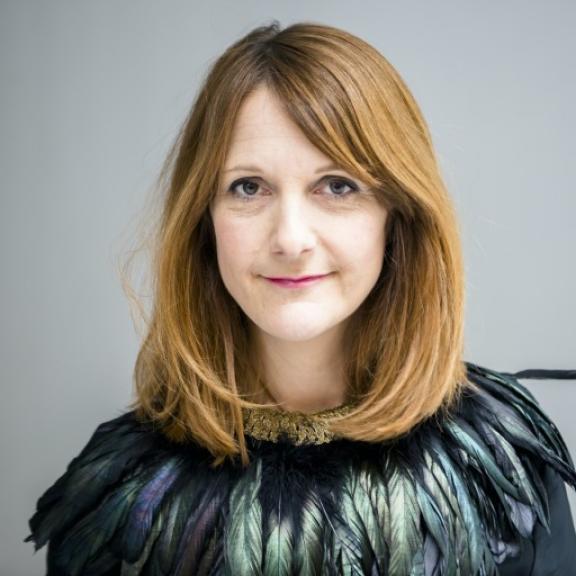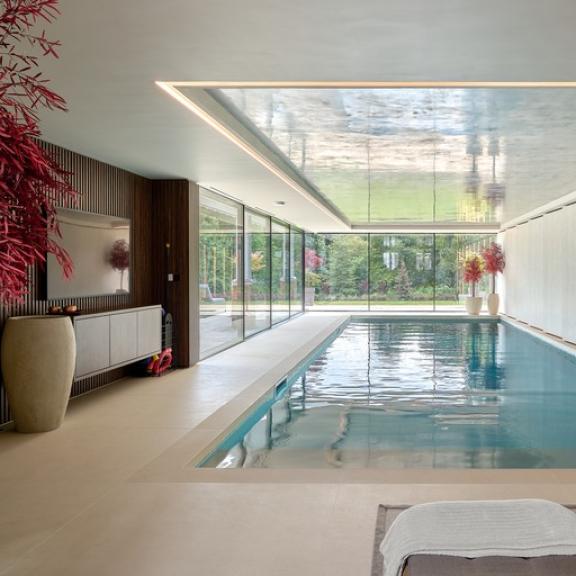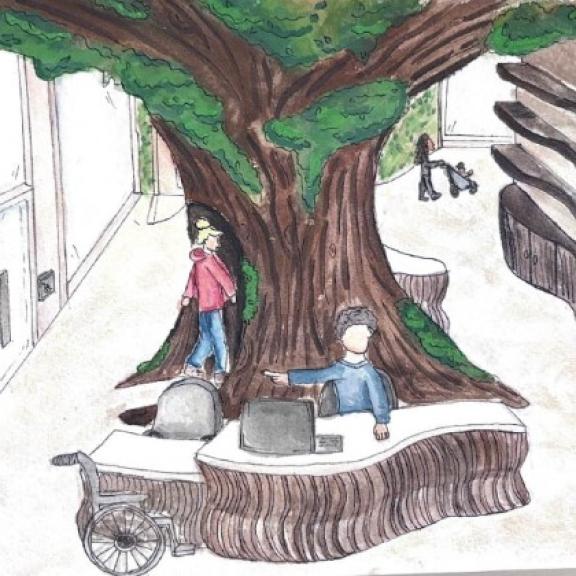How to get media coverage – the inside track from editors
Discover how your projects might feature in the leading magazines and websites. We asked the editors to provide the lowdown on how to get published

Marketing your practice is an important task. There are a variety of ways to do so, but one of the most effective is to have photography of your projects, and your comments and advice as a professional designer, published in interiors magazines and websites.
Doing so can get your work in front of an audience who are prepared to invest in interior design, raise your profile, and bring visitors to your website as well as new enquiries.
To share how best you can get your work considered for publication, we asked the editors of two of the UK’s most celebrated interiors publications to explain what they need, and how to approach them.

Lucy Searle is global editor in chief of Homes & Gardens. Homes & Gardens is Britain’s oldest decorating magazine. The monthly print magazine combines inspiring interiors and gardens with expert-driven features. Its website, relaunched in 2020, sees large numbers of UK visitors and a huge number of global users.
Hatta Byng is editor of House & Garden, a brand which has inspired homeowners for over 70 years. Its mission is to bring this audience along with interior designers and design enthusiasts the best in design and decoration. The monthly print magazine is complemented by a highly popular website.
What is the best way for designers to feature on your pages?
‘The best way for designers to feature on our pages is either through whole homes, which we are happy to shoot ourselves, or through providing expert commentary,’ explains Lucy. ‘For the homes, we would initially need some quality snaps of all the major rooms, with some information about the design/owners/location. We would also need to know if it has appeared anywhere else in print or online.
‘We do use single room shots – the best way to get these used online or in print is to regularly mail our deputy editors with a round-up of high resolution images. Splitting them into categories, for example, rooms/colours/themes is useful. With these, we usually like to have expert quotes from the designer, which is why providing them as a category can be helpful. So, the designer might provide, for example, five ways to use texture within a living room. We like our quotes to be deep, thoughtful and truly expert. Our readers are very design aware, so anything too surface level won't cut it.’
‘The best way to be featured in print or online is to send us images of completed projects,’ says Hatta. ‘These do not necessarily need to be professional shots as if we like a project we can arrange our own photography.
‘It is best to see a project when it is complete or as complete as it's going to be for some time with pictures on the wall etc. Ideally the owners have moved in and there is a sense of the owners and the house being lived in. We can alway recce a project ourselves, but it is helpful to have some idea of the project before we commit to this.’
‘Owners do not need to be named, but ideally they would be happy to be interviewed or at least give a quote or two.’
How should an interior designer who would like to feature approach the magazine and the site?
‘For houses, they would need to contact our houses editor, Vivienne Ayers,’ says Lucy. ‘For single rooms/expert commentary, our deputy editors, Jo Bailey and Jennifer Ebert.’ Use the formula firstname.surname@futurenet.com for Homes & Gardens.
‘In the first instance it is to send an email to either our digital editor, Virginia Clark, or Elizabeth Metcalfe, our features editor, or both,’ says Hatta. ‘We get a lot of emails so don’t be afraid to follow up with another email or phone call if you don’t hear anything.’ Use the formula firstname.surname@condenast.co.uk for House & Garden.
Can you offer any additional tips on how interior designers can feature in your print and online editions?
‘We cannot shoot single room pictures, though we do shoot whole houses,’ explains Lucy. ‘So, single room shots need to be well lit, well styled and in keeping with our aesthetic. Note, our magazine is a British institution and very much within that vein, though we do feature foreign houses. Our website however is global, so we are much more open to featuring spaces you might not see in the magazine. However, the level of aesthetic remains high.’
‘Don’t get disheartened,’ says Hatta. ‘If we turn down a project, do send images of the next one.’
The benefits of publication
Appearing in Britain’s top interiors magazines is a fabulous way to promote your design practice. Be aware that when a designer’s work or expert commentary is featured, online a link will be provided to your site while in print contact details including a website will be given by both titles. This can bring increased traffic to your own site along with the possibility of new clients. And while, like all aspects of marketing, it does take time, working with influential interiors media can be a worthwhile investment of effort.
The BIID often has opportunities to raise the profile of members. Find out how to raise your profile through the BIID.
Join us for a practical and inspirational workshop about how to get your work noticed and published 'Pitching your Projects to the Press' on Wednesday 9th November or Thursday 10th November
Explore new resources from the BIID. Seeing a padlock? Just login or become a member to view.
View the highlights from our 60th anniversary party
We asked Anna Burles: What makes the perfect software?
Discover the smart home technology awards with Platinum Partner, CEDIA
Explore the latest, member-exclusive, templates designed to make your life easier.
University of Gloucestershire wins the BIID Student Design Challenge 2025.





